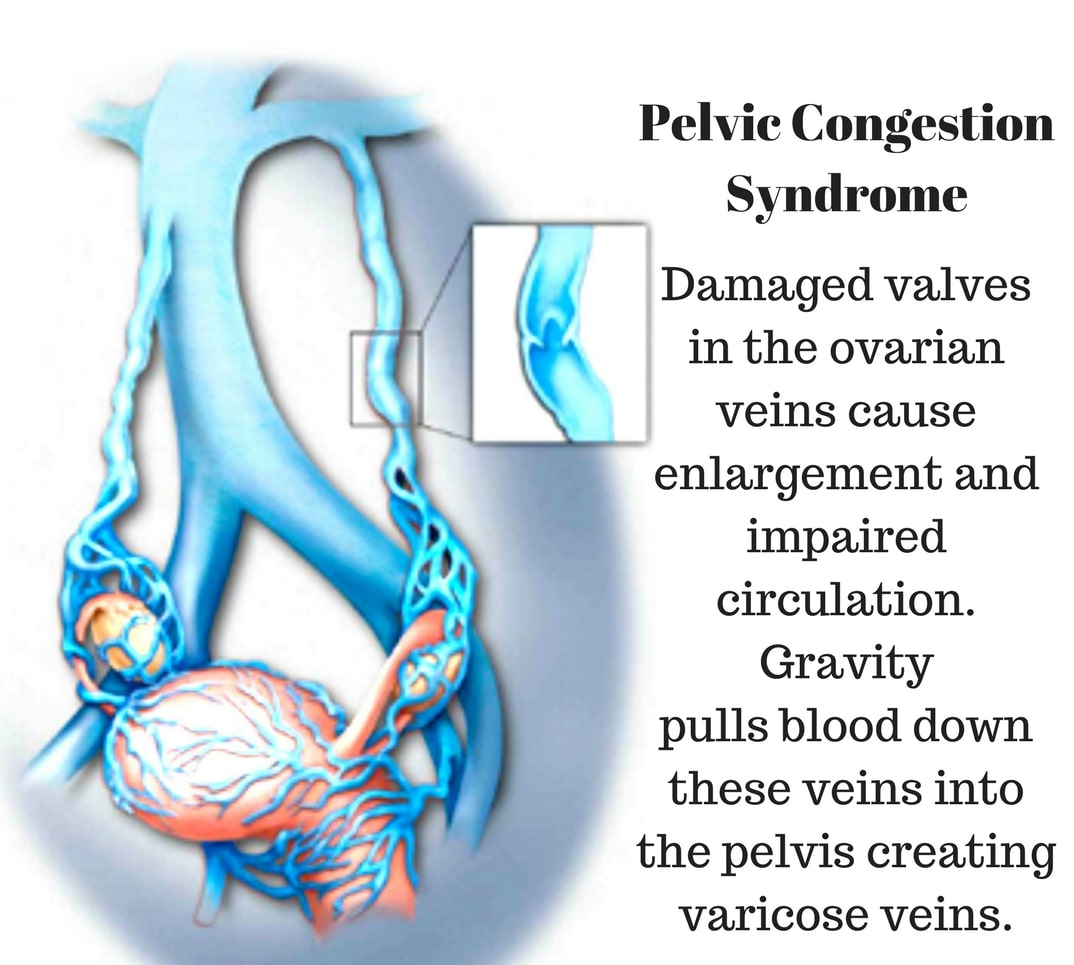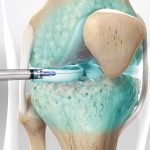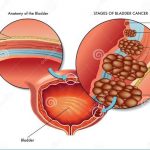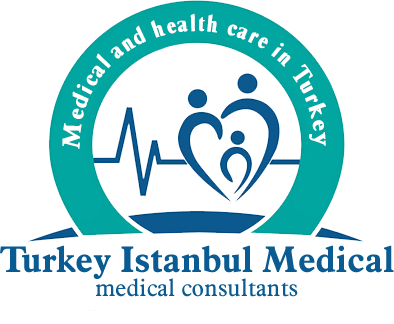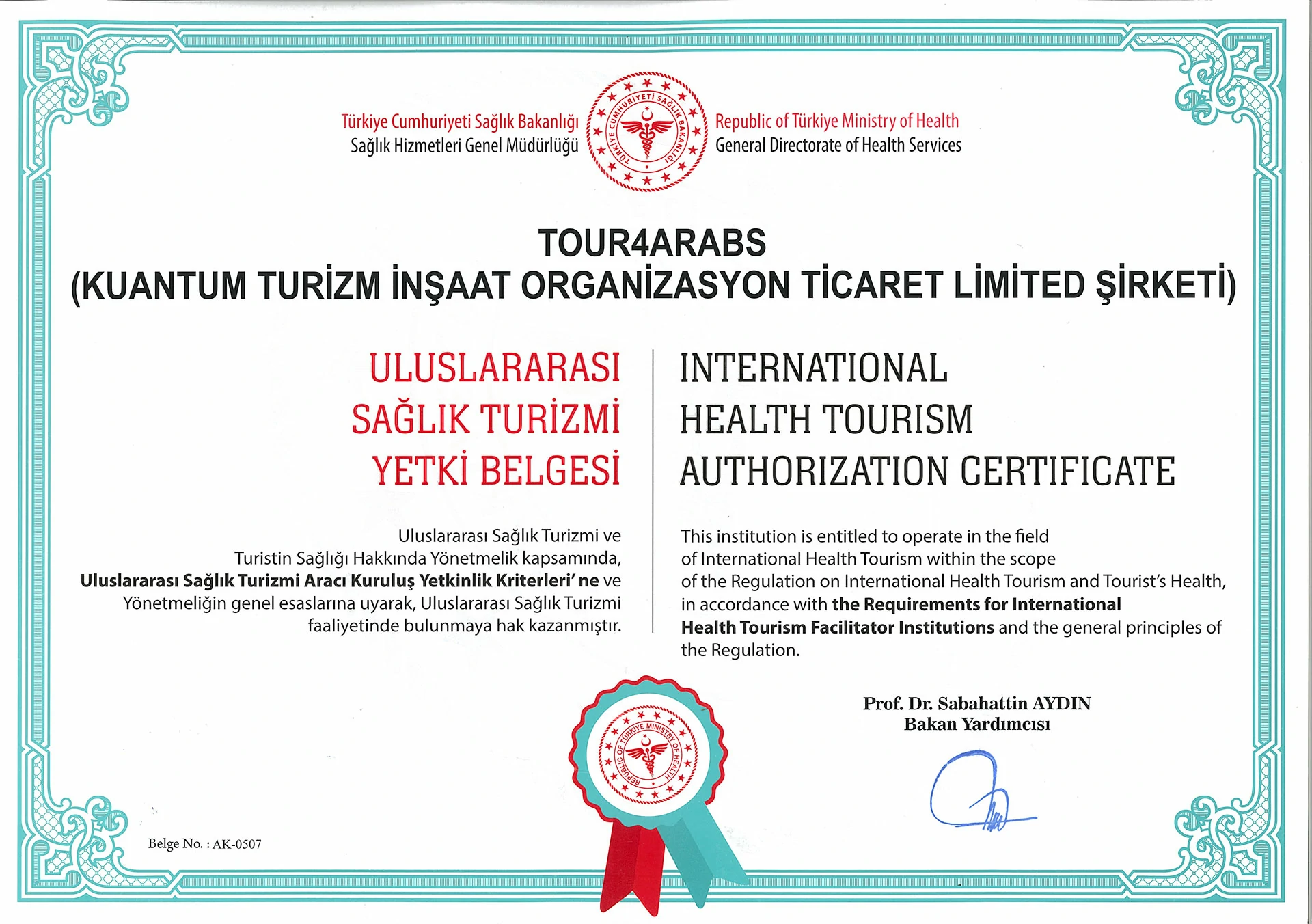What is Pelvic Venous Congestion Syndrome?
(Failures Observed in Ovarian/Testicular Veins)
What is Pelvic Venous Congestion Syndrome?
Pelvic Venous Congestion Syndrome is a chronic disease manifested by prolonged pain in the lower part of the trunk. This disease, which is also translated as Pelvic Obstruction Syndrome, is known as uterine varicose.
It is caused by the occlusion of the blood vessels in the pelvis and the accumulation of excess blood in this area. The pelvis is a structure located in the lower part of the body.
It is intertwined with different organs and systems. It is associated with the reproductive, urinary and digestive systems. And it supports the lower part of our body.
It carries almost half of a person’s body weight. There is no definite information about its incidence in the population. However, 1 out of 10 patients presenting with long-term abdominal pain has pelvic obstruction.
If we list other known names:
- Chronic pelvic venous congestion syndrome
- Chronic pelvic venous obstruction syndrome
- Taylor
- Varicose veins in the genital area
- Uterine heirs
What are the Causes of Pelvic Congestion Syndrome?
The most basic cause of Pelvic Obstruction Syndrome is the presence of obstruction and dilatation in the pelvic veins (retroaortic right and left renal vein).
Other situations are:
- Having a history of two or more births
- Abnormal increase in hormone levels
- Presence of occlusion in the leg veins or a history of deep vein thrombosis
- Presence of polycystic ovaries
- Hormonal imbalances and some dysfunctions
- Congenital anatomical smallness in the pelvis region
- Expansion of uterine vessels for any reason
What Causes Pelvic Congestion?
“Pelvic Congestion Syndrome”, known among the people as “expansion of the uterine vessels”, can occur for many different reasons. The majority of people with this syndrome first complain of a blunt pain that radiates to the groin or groin and causes great discomfort.
What Are the Symptoms of Pelvic Congestion Syndrome?
As a result of the blockages in the pelvic region, as I described above, some symptoms will occur in people.
- A throbbing pain in the trunk area (also known as chronic pelvic pain).
- Backache
- Abnormal vaginal bleeding (menstrual periods are problematic.)
- Fatigue and weakness easily
- Irritable bladder
- Pain during sexual intercourse
- Mood disorder or depression may also occur.
What Are the Complications of Pelvic Congestion Syndrome?
A number of complications can be seen in patients who are not intervened or treated in a timely manner.
These:
- Possible bone fractures and dislocations
- Vein occlusions
- Disruption of the circulatory system
- Severe pain in the pelvic region that does not go away
The diagnosis of pelvic congestion syndrome can be made easily with advanced imaging methods such as computed tomography, ultrasound, and transvaginal ultrasonography in addition to the examination.
Factors Causing Pelvic Congestion Syndrome
The backflow of blood in the ovaries and pelvic veins due to insufficient valves is the main problem in the occurrence of pelvic congestion syndrome. However, the emergence of this syndrome may also be due to obstructive anatomical conditions and diseases.
In the following section, the reasons for the insufficiency of the valves in the pelvic and ovarian veins are listed:
- Structural changes in the vein wall
- Over-stimulation on these veins with the increase in estrogen
- Primary changes in the structures of the valves
Another factor that causes “Pelvic Congestion Syndrome” is “multiple birth“. Due to the vasodilating effects of estrogen and progesterone hormones, “expansions” or “varices” occur in the abdominal and leg veins both due to hormonal reasons and due to the pressure of the baby in the mother’s womb.
This situation occurs within a certain period of time. And it usually develops due to the deterioration of the “venous valve mechanism“, that is, the “valves” in the vein.
However, the weight gained during pregnancy and the anatomical changes in the pelvic structures due to pregnancy directly affect the venous blood flow in the pelvic region.
The blood flow to healthy veins slows down due to the accumulation of blood in the pelvic and ovarian veins. And it even comes to a standstill.
From this perspective, “pelvic pain” is usually caused by blood clotting in the vein (thrombosis) and the pressure exerted by the enlarged veins on nearby nerves.
Special conditions that cut off the venous blood flow anatomically are listed in the following section:
-
May – Thurner Syndrome:
It is the compression of the right common iliac artery to the left common iliac vein.
-
Retro – Aortic Left Renal Vein:
It is the condition where the left renal vein is located behind the aorta and the left ovarian vein is exposed to pressure.
-
Nutcracker Syndrome:
It is a condition in which the left ovarian and left renal vein is compressed by the superior mesenteric artery.
Pelvic Venous Congestion Syndrome Diagnostic Methods
What are the Complaints of Patients with Pelvic Venous Congestion Syndrome?
- Pelvic Pain: It is frequent and lasts longer than 6 months. It worsens in most patients, especially when standing and sitting. Pain occurs before or during menstruation at a substantial rate. However, during or immediately after sexual intercourse, the patient may experience pain that bothers him a lot.
- Varicose formation in the groin area
- Frequent urination
- “Dysmenorrhea”, that is, the painful menstrual period
- Formation of hemorrhoids (hemorrhoids) in the breech area
- Discharge occurring in the vagina area
- Pain around the waist
- depression
- Tiredness
- Varicose formation in the vulva / vagina area
- Discomfort in the breech area
- Sensitivity in the abdomen or pelvis area
- Swelling and fullness in the vulva region
How is Pelvic Venous Congestion Syndrome Diagnosed?
Diagnosis of Pelvic Congestion Syndrome is still quite difficult, even if it is in a shorter and easier position compared to past times.
However, the diagnosis of the syndrome can be made at an earlier period in patients with highly significant varicose vasodilation in the vulva or vagina.
In addition to this condition, more than half of patients with pelvic congestion syndrome have ovarian cysts.
However, although the reason for this connection between pelvic congestion syndrome and the formation of ovarian cysts cannot be fully explained, it is thought that the connection arises due to excessive stimulation of the estrogen hormone.
Pelvic Ultrasonography Examination:
This examination can be done both “transabdominal”, that is, “through the abdomen” and “transvaginal”, that is, “through the vagina”. The contribution of “doppler ultrasonographic examination” to the detailed examination of the venous blood flow in the pelvic region is quite large.
Pelvic Computed Tomography (CT) Or Magnetic Resonance (MR) Imaging:
- These methods are of critical importance for the detailed demonstration and examination of pelvic region varicose veins.
- Both CT and MRI provide information on vascular structures and reveal their connections with other pelvic anatomical structures, especially “ovaries and uterus”.
- Magnetic resonance imaging with contrast dye is a superior method compared to computed tomographic examination since it does not emit radiation during examination.
Diagnostic Venography:
In order to perform venographic examination, imaging devices used in the angio department are needed. Usually, the right inguinal vein is used to perform this operation.
With the help of a wire and a catheter (plastic tube) placed in the inguinal vein, the left and right ovarian veins can be seen separately. In this way, the diameters of the vessels and the direction of blood flow in them are determined.
Laparoscopic Examination:
- This examination should be performed especially in patients with severe chronic pelvic pain.
- In 80-90% of patients with pelvic varicose enlargement, the method is not useful since the method is performed in an inpatient setting and carbon dioxide is injected into the abdomen during the application.
- Because this examination causes shrinkage of varicose enlargements.
What is the Treatment for Pelvic Congestion Syndrome?
It can be called a drug in early stage patients. Some drugs that will prevent vasodilation and restore hormone balance can reduce the rate of progression of the disease. And sometimes it can stop progress. However, various pain relievers are used to relieve pelvic pain.
However, the most important technique in the definitive treatment of the disease is embolization of problematic pelvic vessels with a catheter.
In these procedures performed from the inguinal or neck vein, enlarged, structurally impaired vessels are detected in the pelvic region. These problematic veins are closed with special equipment.
The technical success of the pelvic venous embolization procedure is 99%, and the recurrence rate is below 10%. Transactions can be made in any season of the year. Patients can be discharged on the same day and continue their work and social life the next day.
The timing of the procedure has nothing to do with the menstrual period. There is no change in fertility and menstrual pattern after the procedure.
